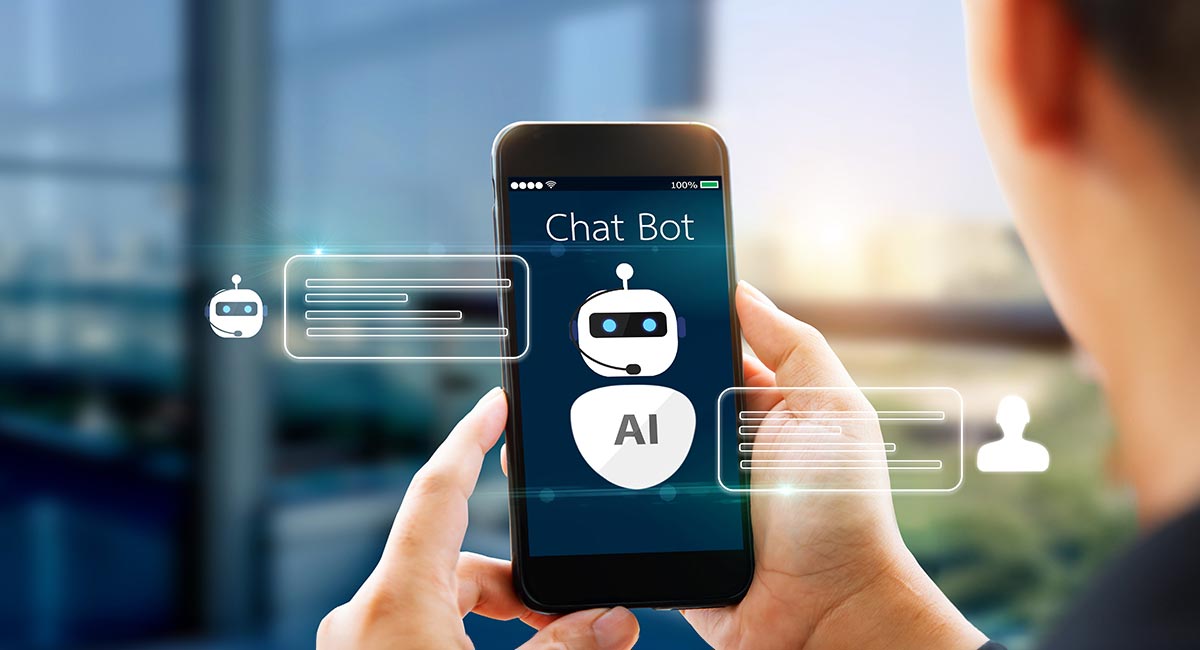How to Train Your Own Chatbot in 1 Day
Learn how to create a functional chatbot from scratch in just 24 hours.
In today’s digital world, chatbots are revolutionizing customer service, marketing, and even personal productivity. Whether you’re looking to improve customer interaction or automate repetitive tasks, building a chatbot can be a game-changer. And the best part? You can train your very own chatbot in just one day.
In this tutorial, we’ll walk you through the process of building a functional, custom chatbot using popular AI tools and platforms. No prior experience in AI is necessary, so even beginners can follow along!
🚀 Step 1: Choose the Right Framework and Tools
Before diving into training your chatbot, you need to select the tools and platforms that will help you build it. Some popular frameworks for creating chatbots include:
- Dialogflow by Google: A user-friendly platform for building conversational interfaces.
- Rasa: A powerful open-source framework with more control and customization options.
- Microsoft Bot Framework: A comprehensive suite for building bots, integrated with Azure services.
For this tutorial, we’ll use Dialogflow due to its simplicity and ease of integration with various platforms.
🔨 Step 2: Set Up Your Dialogflow Account
Head over to Dialogflow’s website and create a free account. Once logged in:
- Create a new agent — this is your chatbot’s personality and purpose.
- Set the language and timezone for your chatbot.
- Choose the Google Cloud project (or create a new one).
Once set up, you’ll be ready to start designing your chatbot’s capabilities.
🧠 Step 3: Define Your Chatbot’s Purpose and Intents
Now that your agent is ready, it’s time to define the main purpose of your chatbot. What tasks do you want it to handle? Some examples include:
- Answering frequently asked questions (FAQs)
- Booking appointments or events
- Providing product recommendations
For each task, you’ll need to define intents — the goals or actions your chatbot will recognize. For example, if you’re building a booking bot, the intents might include:
- Greeting (e.g., “Hello”, “Hi there”)
- Booking appointment (e.g., “I want to schedule a meeting”)
- Canceling an appointment (e.g., “Cancel my meeting on Tuesday”)
You can easily add intents by typing phrases that users may say, and Dialogflow will learn to recognize those phrases as intents.
💬 Step 4: Train Your Chatbot
Once your intents are defined, it’s time to start training the chatbot. Dialogflow automatically processes the training data you provide and uses machine learning algorithms to match user queries to the correct intents.
- Add training phrases: For each intent, add several example phrases that users might say. This helps Dialogflow understand the variations of how users might ask the same thing.
- Define responses: After recognizing an intent, your chatbot will need to respond. You can either create simple text responses or integrate rich media like images or buttons.
For example, for the “Greeting” intent, you might define responses like:
- “Hello! How can I assist you today?”
- “Hi there! How can I help you?”
Once your intents and responses are set, click the “Train” button to let Dialogflow process the data and optimize the model.
🧑💻 Step 5: Test Your Chatbot
After training, it’s time to test your chatbot! Dialogflow provides an integrated test console where you can simulate conversations with your bot. Test different user inputs to ensure the chatbot correctly recognizes intents and provides relevant responses.
- If your chatbot doesn’t understand an input, consider adding more examples to your training phrases.
- If the response is off, tweak the responses for better accuracy.
🌐 Step 6: Deploy Your Chatbot
Once you’re happy with your chatbot, it’s time to deploy it to your website or messaging platform. Dialogflow provides seamless integrations with:
- Websites: Embed your chatbot into your website via a simple JavaScript snippet.
- Facebook Messenger: Connect your chatbot to your Facebook page.
- Slack, Telegram, and more: Dialogflow also integrates with various messaging apps.
Choose the platform where you want your chatbot to interact with users and follow the integration steps provided by Dialogflow.
⚙️ Step 7: Continuous Improvement
Your chatbot isn’t perfect right away, and that’s okay! The beauty of AI and machine learning is that it gets smarter with use.
- Monitor user interactions and feedback to identify areas of improvement.
- Update your intents and responses regularly to handle new types of queries.
- Add features like sentiment analysis or multilingual support for better user engagement.
By continuously training your chatbot, you ensure it stays relevant and helpful over time.
🎯 Final Thoughts
Congratulations! You’ve just built and trained your very own chatbot in one day. This is just the beginning — with the power of AI, you can expand your chatbot’s capabilities, integrate it with other tools, and continue to improve its performance.
Whether you’re building a chatbot for customer service, marketing, or personal use, the possibilities are endless. AI is here to help you streamline your tasks, enhance user experience, and save time — all with just a bit of effort.
Stay tuned for more AI tutorials here at Tech Empire to learn how to take your projects to the next level.

